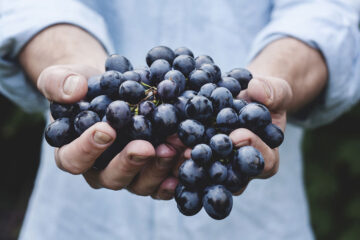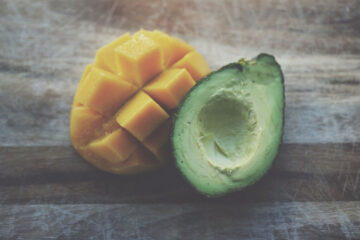Vegetarianism can be adopted for different reasons. Many object to eating meat out of respect for sentient life. Such ethical motivations have been codified under various religious beliefs, along with animal rights. There are varieties of the diet as well: an ovo-vegetarian diet includes eggs but not dairy products, a lacto-vegetarian diet includes dairy products but not eggs, and an ovo-lacto vegetarian diet includes both eggs and dairy products.
A vegan diet excludes all animal products, including eggs, dairy, beeswax and honey. Some vegans also avoid animal products such as leather (and possibly silk) for clothing and goose-fat for shoe polish.
Various packaged or processed foods, including cake, cookies, candies, chocolate, yogurt and marshmallows, often contain unfamiliar animal ingredients, and may be a special concern for vegetarians due to the likelihood of such additions. Often, products are reviewed by vegetarians for animal-derived ingredients prior to purchase.
On average, vegetarians consume a lower proportion of calories from fat (particularly saturated fatty acids), fewer overall calories, more fiber, potassium, and vitamin C, than do non-vegetarians.
Vegetarians vary in their feelings regarding these ingredients, however. For example, while some vegetarians may be unaware of animal-derived rennet’s role in the usual production of cheese and may therefore unknowingly consume the product, other vegetarians may not take issue with its consumption. Semi-vegetarian diets consist largely of vegetarian foods, but may include fish or poultry, or sometimes other meats, on an infrequent basis
 Step by Step
Step by Step
Neque porro quisquam est, qui dolorem ipsum quia dolor sit amet, consectetur, adipisci velit, sed quia non numquam eius modi tempora incidunt utlorem labore etlore magnam aliquam quaerat voluptatem
- Spend time for yourself
- Do what you love to do
- Travel with your friends
- Quality time with family
Those with diets containing fish or poultry may define meat only as mammalian flesh and may identify with vegetarianism. A pescetarian diet has been described as „fish but no other meat“. The common use association between such diets and vegetarianism has led vegetarian groups such as the Vegetarian Society to state that diets containing these ingredients are not vegetarian, due to fish and birds being animals.









Vegetarianism is a much-loved form, but we need to have a reasonable vegetarian diet to be not hazardous to our health
I am also very interested in vegetarianism, it is really good for my health